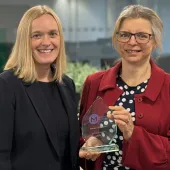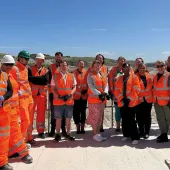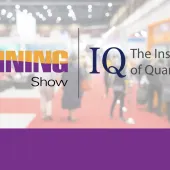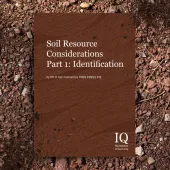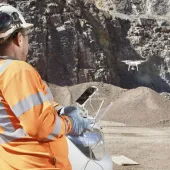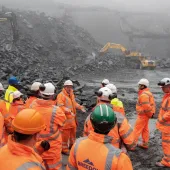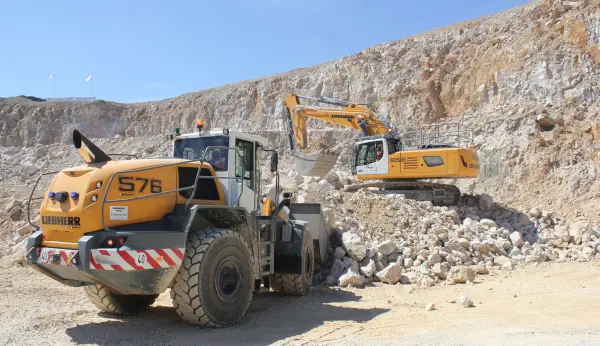Soil Resource Identification Takes Centre Stage in New IQ Publication
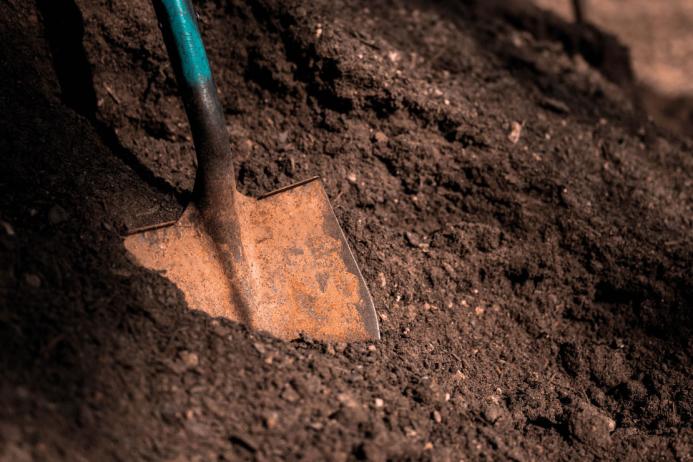
First published in the October 2025 issue of Quarry Management
The Institute of Quarrying (IQ) has released a landmark publication that promises to reshape how the mineral extraction industry approaches soil resource management. ‘Soil Resource Considerations Part 1: Identification’, authored by Dr R Neil Humphries FIQ, is now available exclusively to IQ members and marks the beginning of a comprehensive three-part series focused on the sustainable recovery and reuse of soils.
This guide is the first in a trilogy that will cover the full life cycle of soil resource management, identification, handling, and restoration. It complements IQ’s existing online guidance by focusing on the critical process of identifying soil resources both before and after development. These steps are essential for successful site restoration and long-term sustainability.
A strategic resource for sustainable development
Soils are a finite and fragile component of the Earth’s natural capital. Their proper identification and conservation are essential for restoring land after extraction and for providing ecosystem services such as food and fibres, water regulation, biodiversity, and carbon sequestration.
The guide simplifies the soil classification framework to support the interpretation of soil functions and explains how soil resource data informs broader environmental assessments, including Agricultural Land Classification (ALC), Biodiversity Net Gain (BNG), and nature recovery schemes.
Sharing his motivation for developing the guide, Dr Neil Humphries says: ‘There has been a sea change in how soils should now be considered in land development, and this needs to be addressed by the minerals industry.’
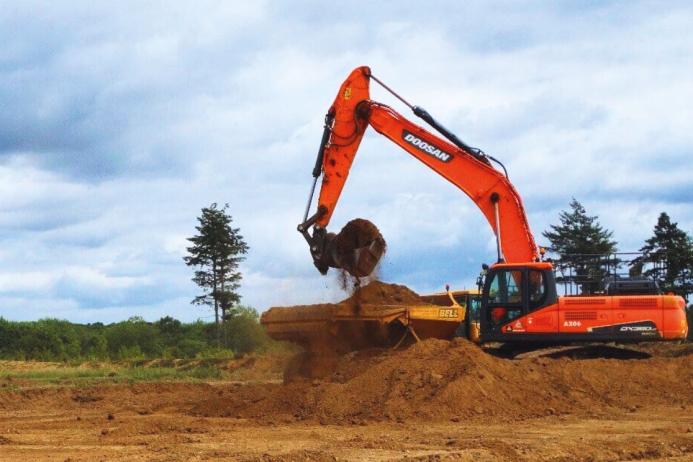
Supporting professionals across the sector
The publication is designed to assist quarry managers, environmental consultants, planners, and regulators. It supports informed decision making throughout the development life cycle and serves as the foundation for the Soil Resource and Management Plan (SRMP), a best-practice document increasingly expected by planning authorities.
Explaining the value of the SRMP, Dr Humphries says: ‘It provides an accessible and single reference source of all soil survey, recovery, replacement, and aftercare information. It informs those involved during the various life cycle stages in land development and will result in better restoration and stewardship outcomes.’
Natural vs manufactured soils
A key theme in the guide is the distinction between natural and manufactured soils. Dr Humphries emphasizes that naturally derived soils and soil-making materials are generally more predictable and require less intervention than manufactured soils. This has important implications for restoration planning and long-term land use.
Soil and biodiversity
Soil characteristics play a pivotal role in the success of BNG and nature recovery schemes. According to Dr Humphries, the physical and chemical properties of soil profiles determine the type, composition, and sustainability of terrestrial habitats. Matching soil characteristics with ecosystem functioning is essential to achieving restoration goals.
Investing in skills and knowledge
The guide also addresses the shortage of soil expertise in the minerals sector. It calls for greater investment in education and professional development, highlighting training opportunities and guidance from the British Society of Soil Science.
Dr Humphries advocates for industry-led initiatives: ‘The minerals industry could sponsor bespoke training courses and raise its profile with educational providers offering soil and earth science programmes,’ he says. ‘There is also scope for forming an Extractive Industry Soils (EIS) group, similar to the successful Extractive Industry Geology (EIG) network.’
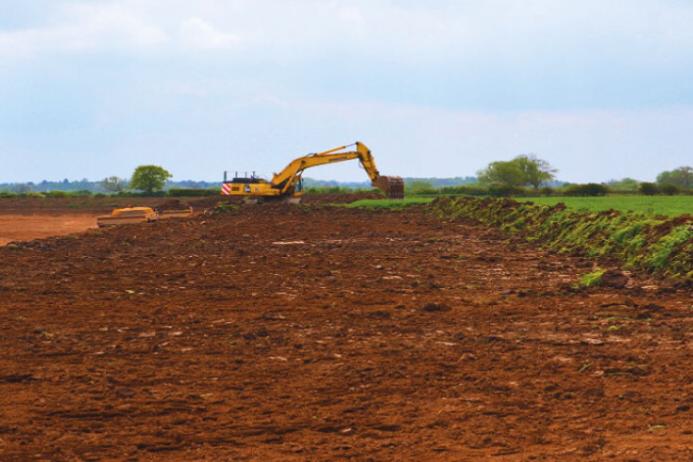
A century of leadership in standards
For more than 100 years, the Institute of Quarrying has led the way in promoting operational excellence and sustainable practices. The release of ‘Soil Resource Considerations Part 1’ reinforces IQ’s commitment to supporting its members with authoritative resources that raise industry standards and enhance environmental stewardship.
IQ members can access the publication via the IQ website at: www.quarrying.org/soils-guidance. Parts 2 and 3, covering Soil Handling and Soil Restoration & Aftercare, will follow shortly.
Subscribe to Quarry Management, the monthly journal for the mineral products industry, to read articles before they appear on Agg-Net.com


